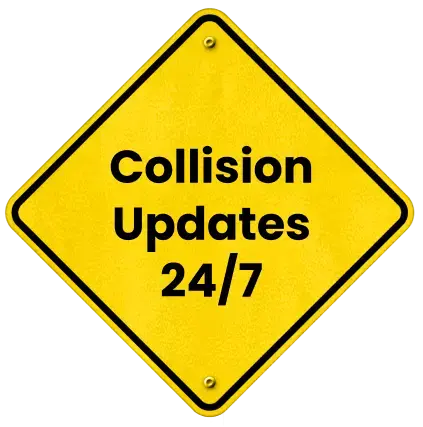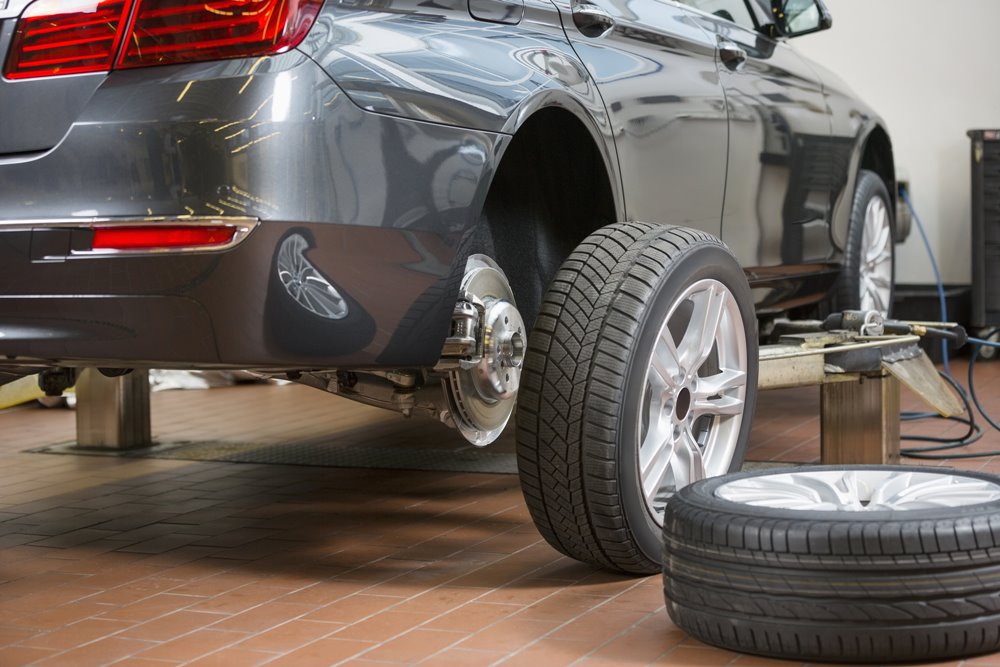
Summer Heat and Tire Blowouts on I-15: Desert Driving Risks


Interstate 15 (I-15) stretches through some of the hottest and most arid regions of the western United States, including Southern California, Nevada, and Utah. During summer months, temperatures in desert areas can exceed 110°F, creating hazardous driving conditions that contribute to tire blowouts, vehicle malfunctions, and serious accidents.
Understanding the risks of extreme heat on I-15, how tire blowouts occur, and strategies for prevention can help drivers stay safe on desert stretches. Additionally, knowing liability considerations is essential if you are involved in a tire blowout crash on I-15.
Desert Driving Risks on I-15
Driving through the desert sections of I-15 presents unique challenges that extend beyond the threat of tire blowouts. High summer temperatures, often exceeding 110°F, can quickly strain vehicles and drivers alike. The extreme heat increases engine temperatures, causes brake systems to overheat, and can lead to sudden tire failures. Long stretches of straight, monotonous roads also increase the risk of driver fatigue, reducing reaction time and alertness.
Desert highways typically have limited shade and service areas, meaning drivers may go for dozens of miles without access to rest stops, repair shops, or even water. Running out of fluids or failing to perform tire checks in these conditions can transform minor mechanical issues into major accidents.
Additionally, weather patterns in desert regions can change rapidly. Summer monsoons or sudden wind gusts can create slick surfaces or dust storms that reduce visibility. Drivers unfamiliar with these conditions may be unprepared, leading to collisions or loss of vehicle control.
For commercial vehicles, buses, and RVs, these risks are amplified due to vehicle size and weight, which increase stopping distances and make evasive maneuvers more difficult. Even passenger cars are not immune; tire integrity and driver attentiveness are paramount.
Preventing Tire Blowouts and Heat-Related Accidents
While desert heat is unavoidable, proactive maintenance and defensive driving can drastically reduce the risk of tire blowouts. Key strategies include:
- Regular Tire Inspections: Check tread depth, sidewall condition, and look for cracks, punctures, or bulges before any long trip. Tires showing wear or age should be replaced.
- Maintain Proper Tire Pressure: Ensure tires are inflated to manufacturer specifications, adjusting for high temperatures and vehicle load.
- Avoid Overloading Your Vehicle: Exceeding weight limits adds stress to tires, especially on hot asphalt.
- Moderate Driving Speeds: High speeds increase friction and heat buildup, particularly on downhill stretches. Slower speeds give drivers more time to react if a tire begins to fail.
- Carry Emergency Supplies: Keep spare tires, jack kits, reflective triangles, and water in the vehicle. These tools can be lifesaving in remote desert areas.
- Schedule Travel During Cooler Hours: Early morning or evening trips reduce exposure to extreme heat and minimize risk.
These preventive measures can significantly lower the likelihood of tire blowouts, improve reaction times in emergencies, and enhance overall safety during desert driving.
Liability in Tire Blowout Crashes on I-15
Liability for accidents caused by tire blowouts on I-15 can be complex and may involve multiple parties. Determining responsibility often requires a detailed investigation into the circumstances surrounding the crash.
Driver negligence is a common factor. If a driver fails to maintain tires properly, ignores tire pressure warnings, or operates a vehicle unsafely under extreme heat, they may be held liable. Similarly, commercial vehicle drivers who exceed recommended hours or carry excessive loads can also bear responsibility for heat-related accidents.
Tire manufacturers may share liability if a defect contributed to the blowout. Defective tires, whether due to poor design, manufacturing errors, or substandard materials, can cause catastrophic failures even in well-maintained vehicles. Legal cases involving defective tires often require expert testimony and tire inspection reports.
Vehicle maintenance providers, such as auto shops or tire centers, may also be liable if they failed to identify or address a problem during routine service. Additionally, road conditions can play a role. Debris, potholes, or poorly maintained pavement may contribute to tire failures, creating shared liability with government agencies responsible for road upkeep.
Because multiple factors can overlap, such as vehicle maintenance, tire defects, driver actions, and environmental conditions, consulting an I-15 accident attorney is critical. Legal guidance ensures that all responsible parties are properly identified and that victims receive compensation for medical bills, property damage, lost wages, and other losses.
What to Do After a Tire Blowout Crash on I-15
If a tire blowout occurs while driving on I-15, immediate action is essential. Key steps include:
- Regain Control and Move Safely: If possible, keep a firm grip on the steering wheel, gradually slow down, and move to the shoulder. Turn on hazard lights to alert other drivers.
- Check for Injuries: Even minor injuries should be treated by a medical professional. Prompt medical attention ensures proper documentation for insurance or legal claims.
- Document the Scene: Photograph the damaged tire, vehicle damage, skid marks, road conditions, and the surrounding environment. Collect contact information from witnesses and passengers.
- Report the Accident: Notify local law enforcement and file a police report. Also, inform your insurance company and, if a commercial vehicle is involved, the operator.
- Consult an Attorney: A personal injury attorney can help determine liability, navigate insurance claims, and pursue compensation for medical bills, property damage, and lost wages.
Maintaining detailed records of medical treatments, vehicle maintenance, and communications with insurers or other parties strengthens your case and ensures your rights are fully protected. Acting promptly can significantly influence both recovery and legal outcomes.
Staying Safe on I-15 and Legal Guidance
Extreme heat on desert sections of I-15 creates unique challenges for drivers, increasing the risk of tire blowouts and serious accidents. Understanding these risks, performing regular vehicle and tire maintenance, and practicing defensive driving can significantly reduce dangers on high-speed desert highways.
If you are involved in a tire blowout crash on I-15, documenting the incident, seeking medical care, and consulting an experienced attorney are critical. An I-15 accident attorney can help evaluate liability, pursue compensation, and guide you through complex claims involving tire defects, driver negligence, or road hazards.
